Key Takeaways: Paris-Nice & Tirreno–Adriatico 2025 Final Weekend
Breaking down how Matteo Jorgenson fought off repeated attacks to win his second consecutive Paris-Nice title & what the action at Tirreno-Adriatico showed us about the rest of the spring
The march toward some of the biggest races of the 2025 cycling season, like the upcoming bonanza this coming Saturday at Milan-Sanremo, continued over the past weekend, with Visma-Lease a Bike’s Matteo Jorgenson entering the conversation for bona fide superstar by winning his second-consecutive overall title at Paris-Nice, all while pushing the United States just a little bit closer to having a legitimate Tour de France contender. Meanwhile, across the Alps at Tirreno-Adriatico, UAE’s Juan Ayuso stormed to overall victory ahead of Filippo Ganna, who put in a surprisingly strong climbing performance as he put the finishing touches on his form ahead of the season’s first one-day Monument.
Check out the key highlights and condensed key takeaways from the busy weekend below:
Catch up on the action from earlier in the races:
Paris-Nice (Stages 3 & 4, 5 & 6)
Tirreno–Adriatico (Stages 4 & 5)
Paris-Nice
Stage 7
3.9km: On the climb to the summit finish in Auron on the weather-shortened stage, Tudor’s Michael Storer is off the front and riding to a massive stage win, while Ineos is controlling the peloton. Race leader Matteo Jorgenson is tucked comfortably near the front of the group but is isolated from his Visma team, and Lidl-Trek’s Mads Pedersen is shockingly near the front of the group.
Finish: When the peloton comes in just over a minute behind Storer, second-place overall Florian Lipowitz surges clear to take three seconds on Jorgenson, still in the group behind, to trim his deficit to 37 seconds.
Stage Three Top
1) Michael Storer (Tudor Pro Cycling) +0
2) Mauro Schmid (Jayco AlUla) +20
3) Georg Steinhauser (EF Education-EasyPost) +30
Stage 8
43.2km: On the demanding course in and around Nice, Jorgenson is once again isolated from his Visma team and is forced to respond to attacks from Lipowitz on the last remaining long climb of the race, the 7km-long Côte de Peille climb. Mads Pedersen is impressively dangling off the front on the mountainous course after getting clear alone earlier in the stage.
35.7km: On the gradual descent, Ineos’ Magnus Sheffield appears to pull through on the front with his teammate Tobias Foss, but it proves to be a clever trap when Foss sits up and allows Sheffield to ride clear. With Sheffield entering the day 2’54 down on Jorgenson, the American smartly decides it is better to allow Sheffield to ride clear instead of wasting energy by overreacting to every attack.
35.2km: This “slip” maneuver at such a high speed allows Sheffield to quickly build up an advantage while Jorgenson preserves his strength in the wheels behind. Sheffield soon joins the Pedersen-led breakaway, which has grown with the addition of ultra-strong climbers like Vlasov and Gall.
25.9km: As soon as they hit the steepest kick up to the summit of the Col d’Eze, Jorgenson decides his best defense is offense, and attacks.
24.8km: After Pedersen impressively holds off Sheffield and drops Vlasov and Gall to get over the Col d’Eze summit first to seal Green Jersey, Jorgenson sets off in furious pursuit, with Gall and Vlasov jumping onto his wheel as he screams past. Just a few moments after his initial attack, Jorgenson has a 15-second lead on the GC group and is 15 seconds behind Sheffield and Pedersen.
12.3km: Sheffield holds his gap on Jorgenson on the descent down to Nice and starts the final climb of the day with a 1’04 lead on the GC group, meaning he has moved within roughly 30 seconds of his teammate’s Thymen Arensman’s third-place overall. Jorgenson rides a hard, steady tempo on the steep climb, picking up and dropping Pedersen, but up ahead, Sheffield actually increases his advantage.
5.5km-3.2km: After dropping Vlasov on the climb and Gall on the descent, Jorgenson uses his local knowledge of the roads to rip back down into Nice for an American vs American pursuit. However, while he gets within 13 seconds, he still can’t fully close the gap on Sheffield.
Finish: Sheffield wins the stage after holding off Jorgenson, who begins to sit up when he hits the Promenade des Anglais as he realizes he has sealed his second-straight Paris-Nice title. Lipowitz comes in 33 seconds behind Jorgenson, pushing his margin of victory to 1’15.
Stage Three Top
1) Magnus Sheffield (INEOS Grenadiers) +0
2) Matteo Jorgenson (Visma-LAB) +29
3) Felix Gall (Decathlon AG2R La Mondiale) +35
Overall Top Five
1) Matteo Jorgenson (Visma-LAB) +0
2) Florian Lipowitz (Red Bull-BORA-hansgrohe) +1’15
3) Thymen Arensman (INEOS Grenadiers) +1’58
4) Magnus Sheffield (INEOS Grenadiers) +2’17
5) Michael Storer (Tudor Pro Cycling) +3’03
Paris-Nice Key Takeaways
Matteo Jorgenson’s Versatility & Consistency Are Freakishly Good: The 25-year-old American became only the sixth rider in the last 40 years to win back-to-back editions of Paris-Nice. Considering this is one of the most prestigious one-week races on the calendar and a Tour de France in miniature, this is an extremely big deal.
However, more important than the win is the manner in which he won. Despite being isolated from teammates on multiple climbs and at critical moments of the race, he never looked rattled and seemed to be in complete command of the race, as he was the rider with the most raw power.
While he lost a handful of seconds on the uphill sprints to the line on Stages 4 and 7 (which, according to Jorgenson, were due to issues with the cold weather), his losses mainly were to riders who either cratered later in the race (Almeida and Martinez) or left with injuries (Vingegaard). His near-absurd consistency meant he was able to more than make up for any losses by putting large chunks of time into the more consistent competitors, like Lipowitz, whenever they had a bad moment.
Also, his aggressive, heads-up riding to take time bonuses through the opening stages gave him a cushion of time to cede back to his rivals later in the race, contributing to his securing the largest margin of overall victory since 1995.
Time Jorgenson Took/Lost on Lipowitz Per Stage:
Stage 1: +4
Stage 2: +2
Stage 3: +25
Stage 4: +0
Stage 5: +5
Stage 6: +4
Stage 7: -3
Stage 8: +38
Visma-LAB’s Future Leadership Decisions Are Getting Tougher: Perhaps even more impressive than winning back-to-back Paris-Nice titles is the fact that Jorgenson will immediately pivot into a leadership role for his Visma team at the upcoming Cobbled Classics.
Balancing leadership in top stage races and the Cobbled Classics is extremely rare; only the sport’s top riders have ever achieved this. This begs the question of Jorgenson’s ultimate ceiling and, more importantly, how Visma plans to manage his growth.
It may sound ridiculous now, but nobody would have guessed that Jonas Vingegaard’s sudden rise in 2021 would cause an eventual clash with Primož Roglič for future team leadership. If Jorgenson continues to look better and better in major stage races, it will become increasingly difficult for the team to balance both riders' ambitions.
On the other hand, if Visma, whose support squad is beginning to look a bit off the pace, wants to truly challenge Tadej Pogačar at the Tour de France, it will need to return to the two-pronged strategy that delivered it success in 2022.
Given this, Jorgenson’s rise as a legitimate GC leader can only be a positive development for the team in a macro sense.
Magnus Sheffield Finally Gets a Much-Needed Major Win: Up to this point, the 22-year-old American’s career has been defined by consistent rides that delivered him solid results at major results.
But, outside a flurry of wins in his neopro season back in 2022, he hasn’t been able to convert these solid results into a WorldTour win. That all changed on Sunday in Nice when he forged clear and used his immense raw strength to drop some of the sport’s top climbers and hold off the race’s strongest rider to take the stage win.
João Almeida’s Inability to Win Stage Races: The team's performance was decimated by illness in the race's second half, making it difficult to judge it. However, from a purely objective point of view, his sixth-place overall finish means that João Almeida once again looked like the strongest rider in a stage race early on, only to wobble later in the race and finish off the podium's top step.
Despite 36 top-ten finishes in stage races since 2017, Almeida has only two overall stage race wins, the most recent one coming four years ago.
At the risk of judging too harshly, a rider of his talent failing to convert overall wins this regularly almost certainly suggests that the hurdles are far more mental than physical and unlikely to be corrected in the near future.
Mads Pedersen Is Rounding Into Career-Best Classics Form: Outside of coming away with a stage win, the Dane flashed signs of some of the best form of his career when he finished 10th on Saturday’s summit finish and rode clear to seal the Points Jersey on Sunday.
While his top-end sprint speed hasn’t looked nearly as rapid as that of his Lild-Trek teammate Jonathan Milan so far this season, his increased capacity at sustained efforts means he is well-equipped to match the growing trend of nearly every major one-day race being won with solo attacks.
Tirreno–Adriatico
Stage 6
4.1km: On the sole summit finish of the race, Juan Ayuso attacks after his UAE teammates set a hard (and his teammate Adam Yates is forced to pull off due to an inability to cope with the pace).
3.3km: After initially being unable to drop Tom Pidcock, and getting a little too focused on doing so at the expense of distancing Ganna, Ayuso rides the Brit off his wheel. Filippo Ganna, who entered the stage 22 seconds up on Ayuso in the GC, is dangling 34 seconds back, which means Ayuso will need to keep the pace high, no matter who catches him, for the rest of the stage.
1.3km-Finish: Pidcock, clearly the strongest in the chase group, takes responsibility for chasing Ayuso and, after falling nearly half a minute down, closes the gap to 13 seconds by the end of the stage. Despite an impressive climb, Ganna falls to third place after coming in 50 seconds behind Ayuso.
Stage Three Top
1) Juan Ayuso (UAE Team Emirates-XRG) +0
2) Tom Pidcock (Q36.5 Pro Cycling) +13
3) Jai Hindley (Red Bull-BORA-hansgrohe) +13
Stage 7
Finish: After Milan led Ganna out for the intermediate sprint, which allowed the big Italian to move into second place overall due to the time bonus haul, Ganna returned the favor by leading out his fellow Italian Jonathan Milan, who uses his massive max power to win the final sprint, suggesting that both rider are on top form heading into next weekend’s Milan-Sanremo.
Stage Three Top
1) Jonathan Milan (Lidl-Trek) +0
2) Sam Bennett (Decathlon AG2R La Mondiale) +0
3) Olav Kooij (Visma-LAB) +0
Final Overall Top Three
1) Juan Ayuso (UAE Team Emirates XRG) +0
2) Filippo Ganna (Ineos Grenadiers) +35
3) Antonio Tiberi (Bahrain Victorious) +36
Tirreno–Adriatico Key Takeaways
Juan Ayuso’s Continued Improvement Could See the Remaining non-Pogačar Grand Tour Opportunities Disappear: The 22-year-old got the second stage race overall win of his career after flexing his strength on nearly every stage. Judging from these feats of strength, it’s safe to assume if the course had been harder, his margin of victory would only have grown larger.
With so many big names, like Derek Gee, Jai Hindley, Tom Pidcock, and Mikel Landa, struggling in the young rider’s wake, it raises the question of what exactly we should expect from Ayuso at the upcoming Giro d’Italia.
If he can continue to post climbing and time-trialing performances at the level we have seen from him so far this season, he will likely be difficult to stop. This would mean the remaining Grand Tour options for riders other than Jonas Vingegaard and Tadej Pogačar would disappear.
Tom Pidcock’s Lingering GC Questions: While his riding on the summit finish was impressive, his ultimate 6th place on the GC was largely due to being outgunned in the time trial.
While the Tirreno parcours weren’t overly demanding, the fact that Pidcock failed to mount a more serious GC challenge due to time-trialing issues highlights just how far he has to go if he wants to truly challenge in the overall at major stages races, both one-week and Grand Tours.
Filippo Ganna, Jonathan Milan & Mathieu van der Poel Milan-Sanremo Preparation: With the 86-kilogram Ganna boasting enough power to finish second place overall at a week-long stage race against such a talented lineup of stage races, it seems clear that he is going to be on incredible form at next weekend’s Milan-Sanremo.
If Ganna is sporting some of the best climbing form of his career, it is partly due to the fact that in order to contest Sanremo, he will likely have to get up and over the race’s final climb ahead of Jonathan Milan, who looks almost unbeatable in straightforward bunch sprints.
One issue facing Ganna is, even if he can drop faster sprinters like Milan, is whether he will be able to shake Classics destroyers Mathieu van der Poel, who looked strong all week at Tirenno, on the final climbs.





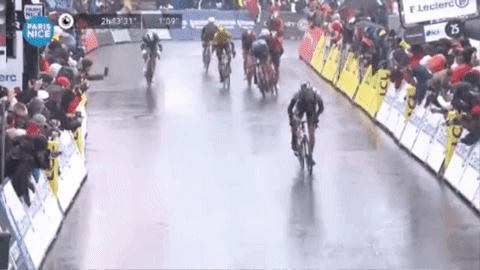
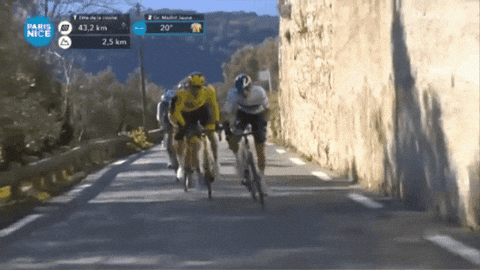
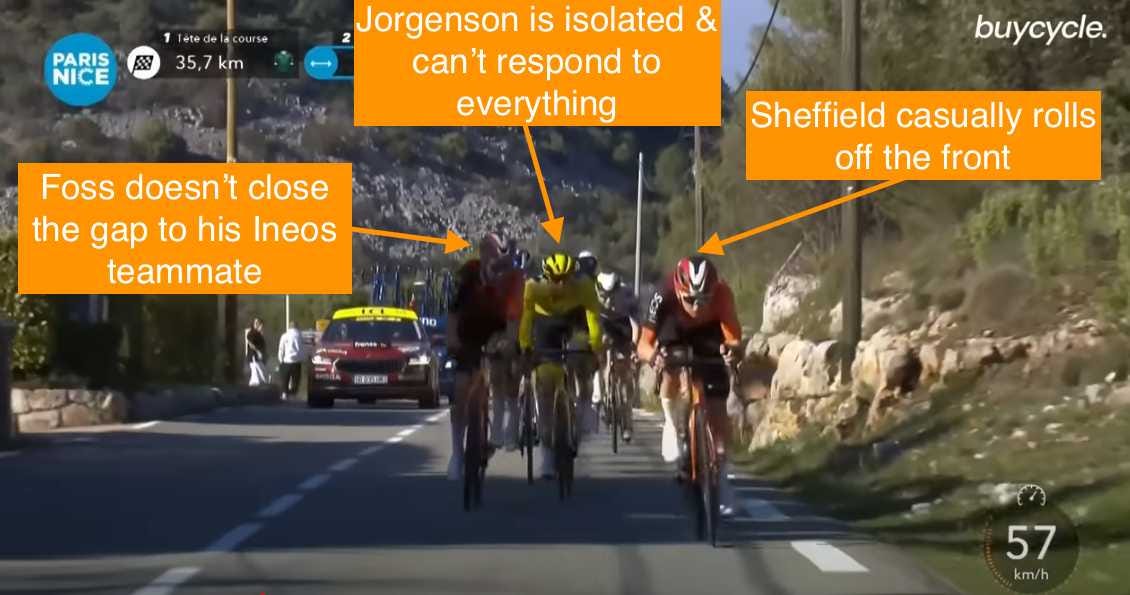

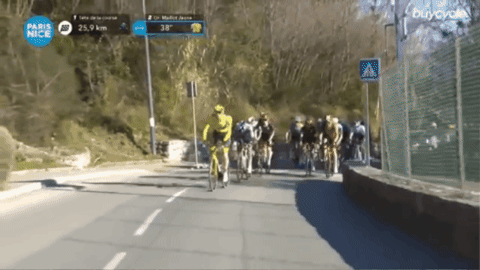
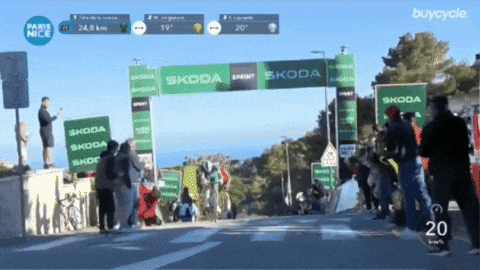
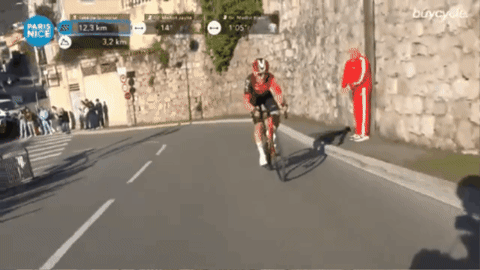
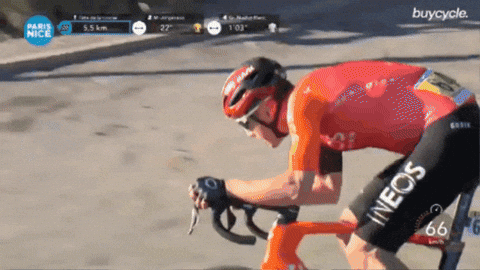
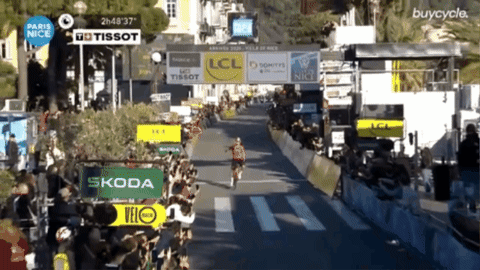
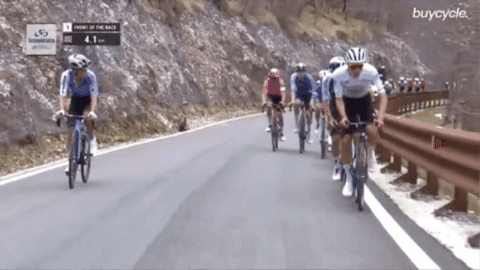
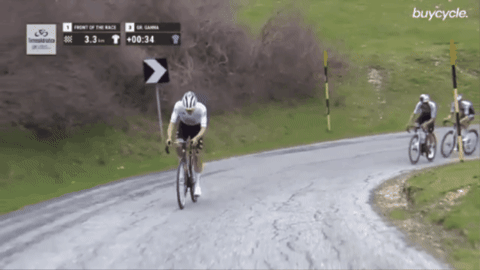

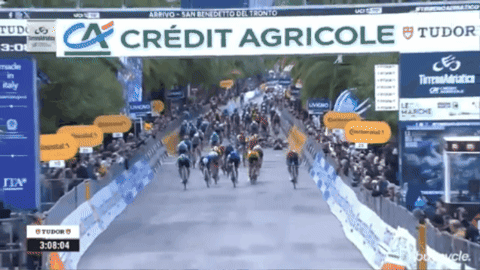
If Jonas is at the start of Catalunya next Monday, along with Primoz, Adam Yates, and Ayuso, it should be a good opportunity to see whether your opinion that Ayuso has usurped the older guard plays out on the road, and will also provide an indication of who the favorite is heading into the Giro (Roglic or Ayuso).
It ended up being a good decision by Visma to have both Jonas and Jorgenson competing for GC since Jonas had to drop out of the race after the 5th stage.
I am glad to see Jorgenson win the GC!